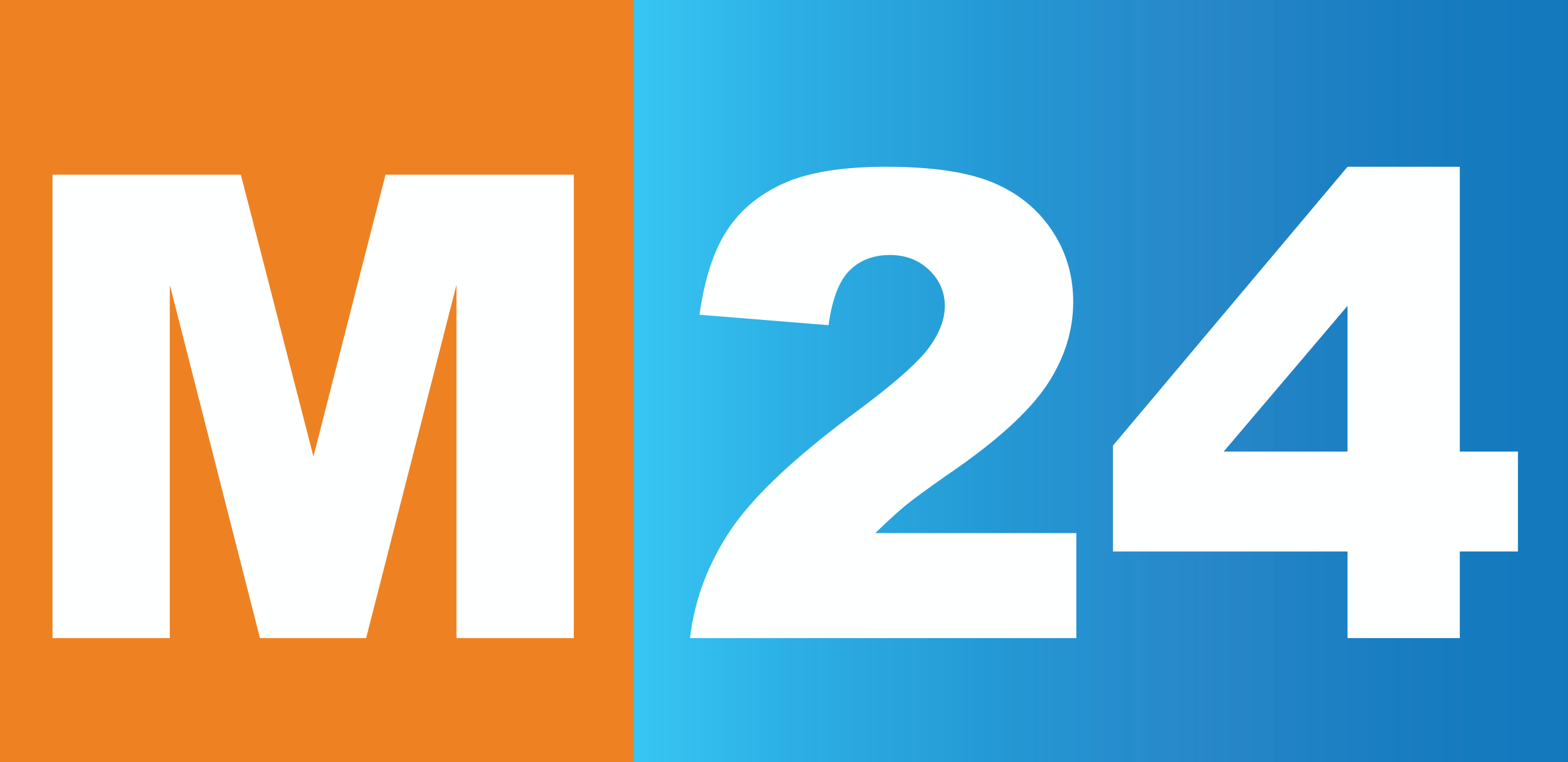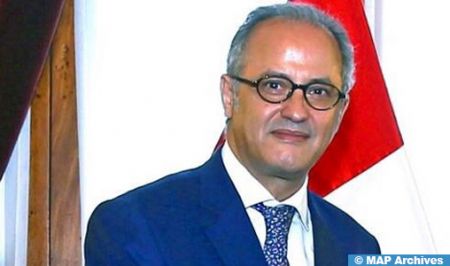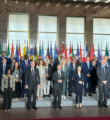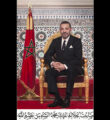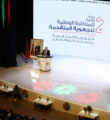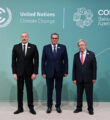Morocco Sets Example in Energy Transition (Ambassador)
Rome – Morocco is setting itself up as a model in the field of energy transition, thanks to its ability to materialize and implement several ambitious renewable energy projects, Morocco’s ambassador to Italy, Youssef Balla, said on Wednesday in Rome.
These large-scale projects, part of an ambitious energy transition led by His Majesty King Mohammed VI, focus on three main pillars: renewable energies, energy efficiency and regional integration, stressed the Moroccan diplomat at a meeting on the theme : “Italy, a geopolitical bridge between Europe and African States”.
In terms of renewable energies, programs have been set up to install 6,000 MW of renewable sources, divided between wind, solar and hydro, he detailed, adding that the 2019-2030 roadmap calls for an increase of 4,262 MW in capacity, mainly from renewable sources, and aims to reduce greenhouse gas emissions by 42% by 2030.
Regarding production capacity, Balla pointed out that the Kingdom is one of Africa’s pioneers in the production of electricity from renewable sources, notably wind and solar power.
Concerning investment, Morocco is the second-largest African country in terms of renewable energies, with an investment of $9.36 billion between 2010 and 2021, he added.
Referring to the Nigeria-Morocco gas pipeline, which will pass through 11 West African countries, the Moroccan diplomat explained that this project, estimated at 25 billion dollars, is considered a crucial step for African energy integration, recalling that it is also of strategic importance for the European Union (EU), which is seeking to diversify its sources of gas supply, made necessary in the context of the war in Ukraine.
